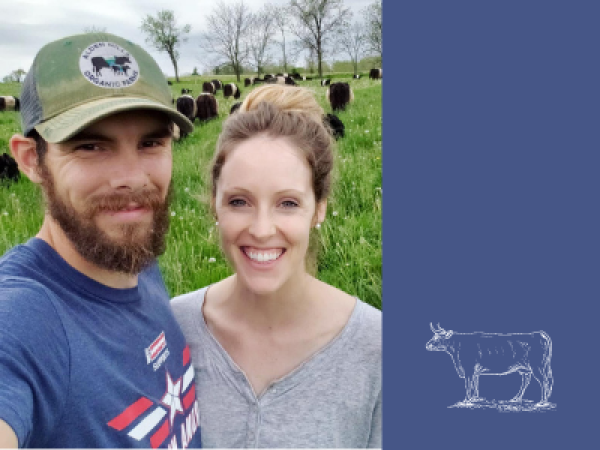
Farming with Nature: The New Graziers
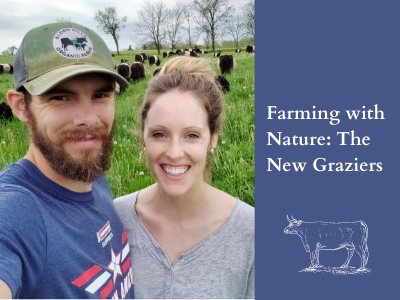
McHenry County is seeing a rise in the number of grass fed beef and dairy operations.
There are a number of farms throughout the county where pastured meat and dairy products can even be purchased directly from the farmer.
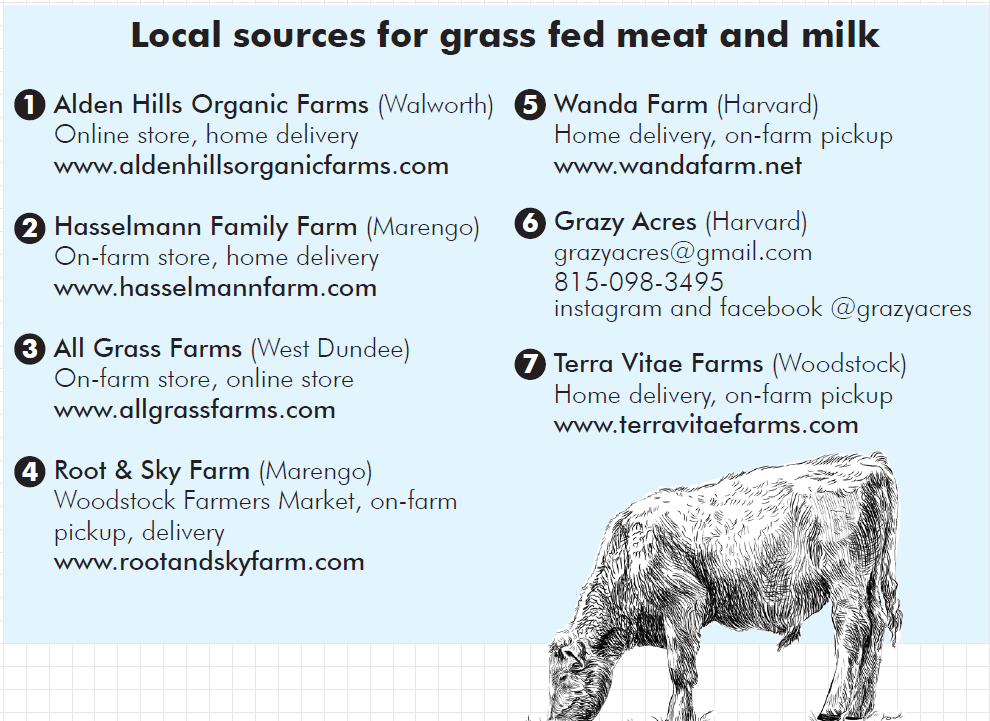
Back in the 1940s, the most commonly used grazing management system was “continuous grazing,” which meant cattle were allowed to graze wherever they wanted on a large area of pasture. This was not the most productive system because in the spring and early summer there was plenty of lush grass, but not enough when things slowed down in the drier months of July and August.
To make more forage available to their cattle over the summer, some farmers practiced “rotational grazing,” dividing the pasture up into paddocks and only letting the cattle into one paddock at a time, allowing the grasses to recover. It sounded like a good idea, but the results were disappointing, only increasing yields minimally over continuous grazing. There was a lull in rotational grazing for decades because it just wasn’t worth it financially. It wasn’t until better grazing systems were developed that a resurgence began in the 1990s that is continuing today. **
Rotational grazing makes sense as a more regenerative way to raise cattle for meat and dairy. Simply put, it mimics nature, going back to when bison freely roamed the land. The animals would eat, work their manure into the soil, and move on. Since the land doesn’t have to be plowed in order to plant corn for feed, deep-rooted grasses prevent erosion and flooding. There’s definitely a science and art to rotational grazing, as any experienced grazier will tell you. The benefits to the earth, the animals and those of us who thrive on nutrient-rich healthy food make it all worth it.
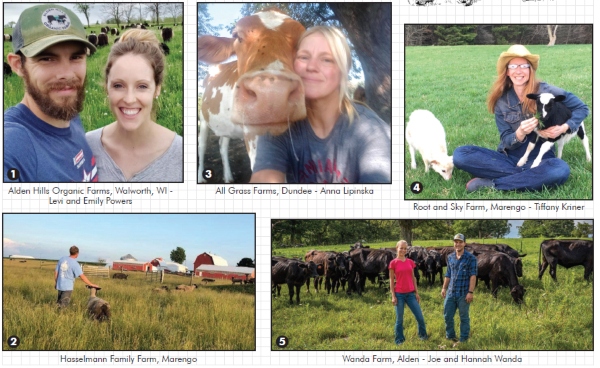
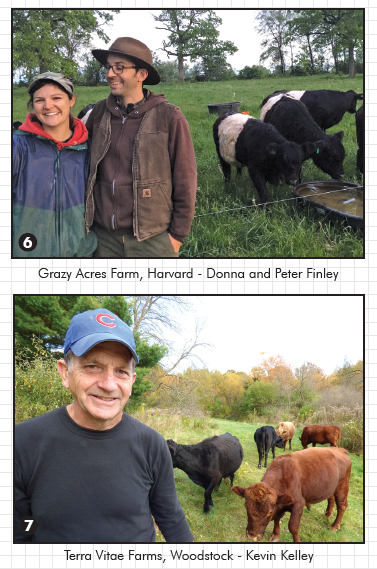
**For more on the history and background of grazing in the U.S. see Back to Grass by Anneliese Abbott, in the Sept/Oct 2020 issue of ACRES USA Magazine.